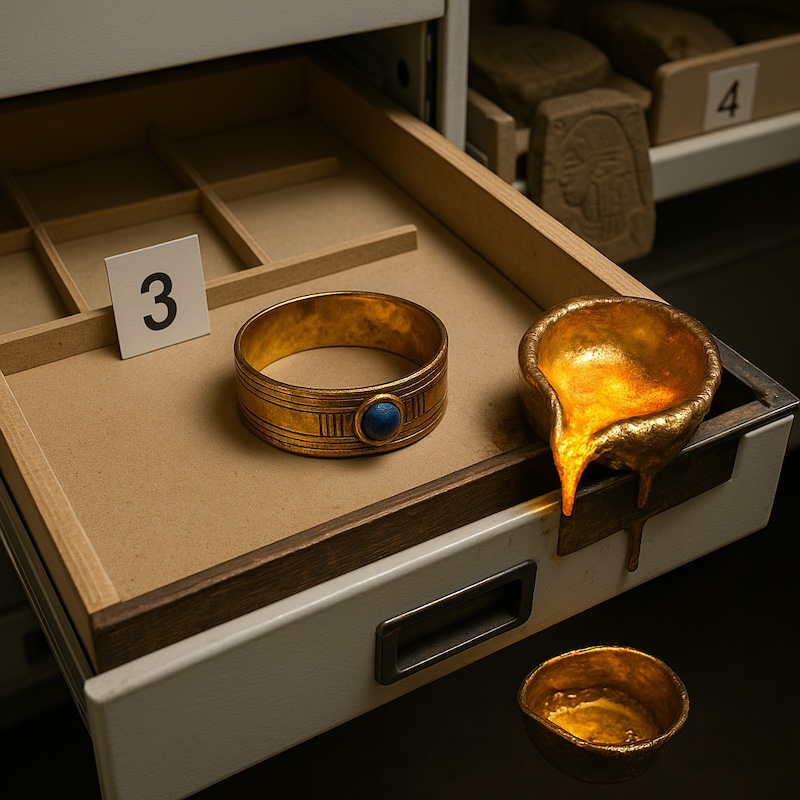The value of a coin is determined by several factors that interact in complex ways. Understanding these factors can provide insights into the numismatic market and explain why some coins are valued more highly. Factors influencing coin value include rarity, demand, historical significance, condition, and metal content.
Rarity
Rarity is a primary factor affecting a coin’s value. Coins minted in limited quantities or have experienced significant attrition over time are typically more valuable. A coin’s scarcity increases its desirability among collectors, driving up its price. Rarity can result from low mintage numbers, intentional or accidental destruction, or the coin’s age.
See the Professional Coin Grading Service blog for more details on how rarity impacts coin value.
Demand
Demand plays a crucial role in determining coin value. A coin in high demand among collectors can fetch a higher price than one not as sought after, even if the latter is rarer. Demand can be driven by trends within the numismatic community, historical events, or the coin’s design.
For a deeper understanding of how demand affects coin prices, visit the CoinWeek website.
Historical Significance
Coins that are significant historically often command higher prices. This significance can stem from the coin’s association with a particular historical event, era, or figure. Historical coins often attract collectors interested in the stories they represent, which can increase their market value.
Explore more about the impact of historical significance on coin value at the NGC Coin News.
Condition
The condition or grade of a coin is a vital factor in its valuation. Coins are graded based on their state of preservation, with higher-grade coins typically being more valuable. Grading considers factors such as wear, scratches, and luster. Coins in mint or near-mint condition are usually more desirable among collectors.
Learn more about coin grading and its impact on value from the American Numismatic Association blog.
Metal Content
The metal content of a coin can influence its value, especially for coins made from precious metals like gold, silver, or platinum. The intrinsic value of the metal can set a base price for the coin, which can increase with added numismatic value from other factors such as rarity and demand.
For insights into how metal content affects coin value, read the U.S. Mint blog.
Conclusion
The value of a coin is determined by a combination of factors, including rarity, demand, historical significance, condition, and metal content. Each factor can significantly influence a coin’s market price, and understanding these factors can help collectors make informed decisions. By considering these elements, collectors can better assess the potential value of their coins and understand the dynamics of the numismatic market.








Leave a Reply